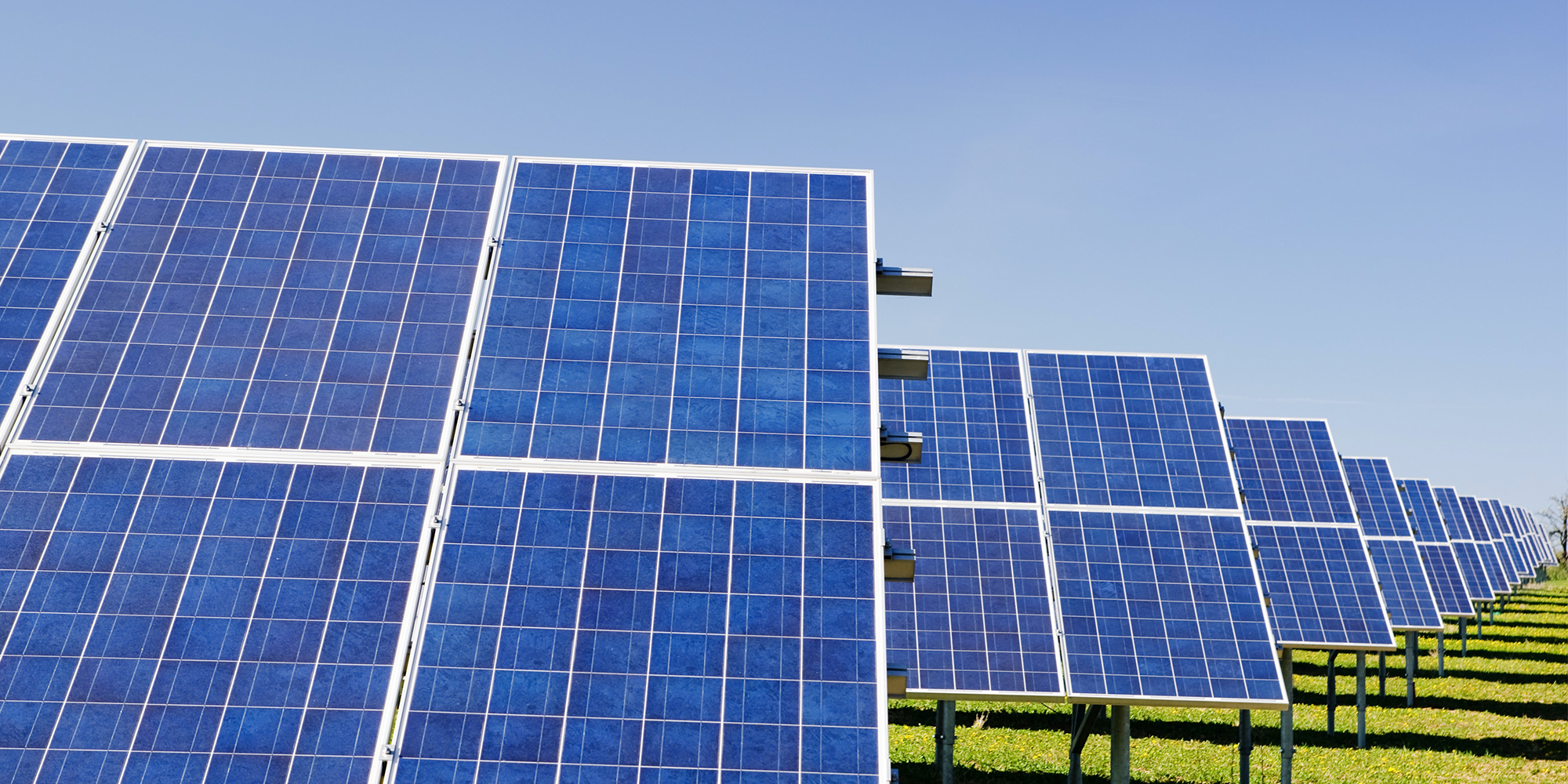
Brave new world: Farming solar
Sitting in the audience at a recent agri-tech conference, listening intently to a panel of farmers discussing the future of farming, I was struck by how much of the conversation was centered not on harvest, yields or livestock, but instead on photovoltaic power stations i.e., solar farms.
The Fenland farmers, sitting on acres of expansive flat fields, boasted that photovoltaics left them without hefty energy bills in a cost-of-living crisis. The vertical farmers, growing herbs and salads in soilless conditions inside vast warehouses, insisted that photovoltaics reduce the carbon footprint of their otherwise eye-wateringly energy-intensive manifestation of farming. The eco farmers, down-sizing their productions to reduce the intensity with which they farm their land, claimed that diversifying is more sustainable for them and for the environment. “I truly believe,” one farmer told the conference, “that solar is the future of farming.”
There are clearly some advantages to solar farming agricultural land. It can provide, or contribute to, the farm’s energy usage, which is not to be sniffed at during an energy crisis. Any surplus energy generated can be sold back to the grid, generating crucial revenue for an industry where fewer than half of all farmers make any profit. Solar panels generate consistent yields and can be a more reliable source of income than crops or horticulture, which are increasingly affected by the changing climate and volatile weather conditions. And there is truth to the sustainability argument that reducing intensive cultivation increases future performance.
Farmers argue that they can also generate income by using the land simultaneously, commonly referred to as ‘agrivoltaics’. Sheep can graze underneath solar panels and free-range chickens can roam. Less sun hungry crops can be planted below and among raised photovoltaic panels and some fruit and vegetables can be grown. The lanes in between rows of panels can be used to increase biodiversity by planting pollinator habitat and native vegetation, providing ecosystem services. It sounds idyllic.
I found myself wondering if, given this proclamation for the future, any of them were concerned about the recent appointment of Liz Truss as Prime Minister. The answer was no. But perhaps they should be.
The expansion of solar power emerged as a campaign issue for the final two candidates in the Conservative Party leadership race. Both Liz Truss and Rishi Sunak warned of solar panels filling the UK’s highest quality farmland, joining a chorus of fellow Conservative MPs who have recently described solar projects as perils for rural communities and food supply. Truss told one hustings event “Our fields should be filled [with] our fantastic produce…[they] shouldn’t be full of solar panels, and I will change the rules.”
This idea is not new. For months, backbench Conservative MPs have been speaking out against new ground-mounted solar power projects, often citing local campaigns against projects in their constituencies. Among them is Matt Hancock, a former energy minister, who stood with local campaigners to protest a 2,500-acre solar farm in his constituency.
The government’s energy security strategy, published in April, contained various measures to deal with the UK’s energy crisis and achieve its Net-Zero targets. This included a pledge to increase solar power capacity up to five times by 2035. However, it also included language to appease those sceptical about ground-mounted solar, pledging to “consult on amending planning rules to strengthen policy in favour of development on non-protected land, while ensuring communities continue to have a say and environmental protections remain in place.”
Politics is not the only challenge for farmers to be aware of. Obtaining a sensible cost and timeframe for the connection of a newly constructed solar farm to the National Grid can derail a project. Some estimates place the earliest connection availability for new projects at 2028-2030. Reports of solar farms sitting unused because there isn’t capacity in the grid to transmit the electricity are not uncommon, according to the National Famers’ Union. Where capacity exists, the costs can be prohibitive.
Solar photovoltaics offer a versatile and scalable solution that warrants serious thought as part of the agriculture industry’s ambitions to reach Net Zero. However, solar farms are being refused planning permission in Great Britain at the highest rate in five years and proposals that would have cut £100m off annual electricity bills have been turned down in the past 18 months. Of the 27 proposals declined between 2019 and 2022, 19 are in Conservative constituencies, which are typically in the rural shires of the country. So clearly, the politics matters, and farmers looking to enter the brave new world of solar farming would be wise to pay attention.